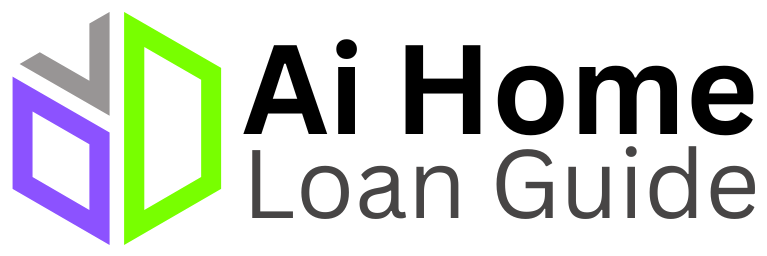The difference between the Fixed Rate Home Loan and the ARM Rate Home Loan.
An ARM (Adjustable Rate Mortgage) and a fixed-rate mortgage are two different types of mortgage loans with distinct characteristics. The main difference between them lies in how the interest rate is determined and whether it remains constant or adjusts over time. Here’s a breakdown of each:
- Fixed-Rate Mortgage: A fixed-rate mortgage is a loan where the interest rate remains constant throughout the entire term of the loan. The key features of a fixed-rate mortgage include:
- Consistent interest rate: The interest rate is determined at the beginning of the loan and remains unchanged for the entire duration, whether it’s 15, 20, or 30 years.
- Predictable payments: With a fixed-rate mortgage, your monthly payments remain the same over the life of the loan, providing stability and predictability in budgeting.
- Protection against rate fluctuations: Regardless of market conditions or changes in interest rates, your mortgage payment remains unaffected. This offers security and helps with long-term financial planning.
- Adjustable Rate Mortgage (ARM): An adjustable-rate mortgage, as the name suggests, is a loan with an interest rate that can change periodically. The key features of an ARM include:
- Variable interest rate: The interest rate on an ARM is typically fixed for an initial period, often 5, 7, or 10 years, and then adjusts at predetermined intervals (e.g., annually) based on a specified index, such as the U.S. Treasury rate or the London Interbank Offered Rate (LIBOR).
- Initial lower rate: ARMs often have an initial fixed-rate period with a lower interest rate compared to fixed-rate mortgages. This can result in lower initial monthly payments during the introductory period.
- Rate adjustments: After the initial fixed-rate period, the interest rate on an ARM can go up or down based on changes in the market index. The frequency and extent of rate adjustments are determined by the terms of the loan.
- Payment variability: Since the interest rate can change, the monthly payment amount on an ARM can also vary. If the interest rate rises, your payment will increase, and if it decreases, your payment will go down. This introduces some uncertainty and potential budgeting challenges.
- Rate caps and limits: ARMs often have rate caps, which limit the amount the interest rate can increase or decrease during a specific time period or over the life of the loan. Rate caps provide some protection against drastic changes and help borrowers plan for potential adjustments.
In summary, a fixed-rate mortgage maintains the same interest rate and monthly payment throughout the loan term, offering stability and predictability. On the other hand, an adjustable-rate mortgage starts with an initial fixed-rate period but then adjusts the interest rate periodically, which can lead to payment fluctuations and introduces an element of risk and potential savings, depending on market conditions.



No Comments
Be the first to start a conversation